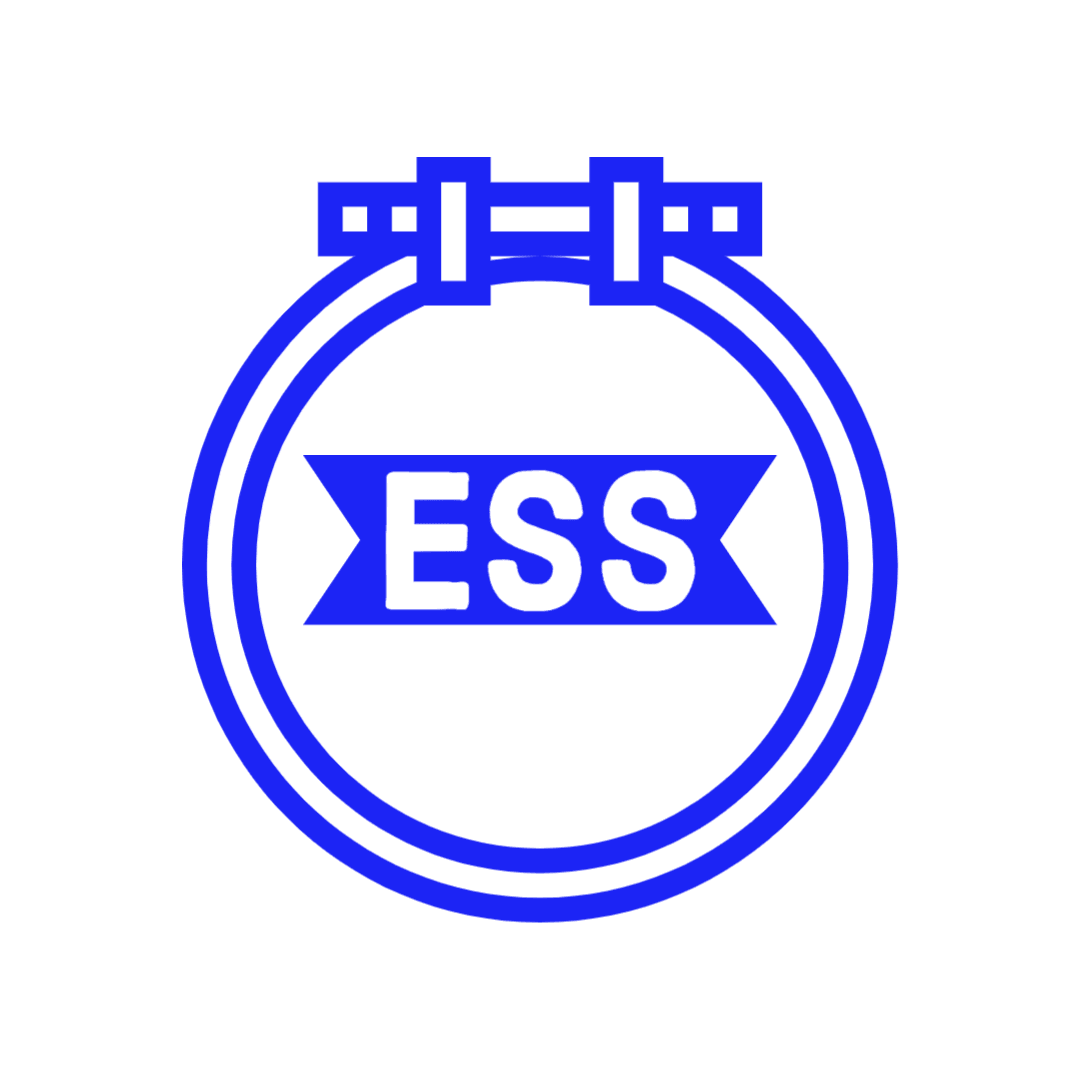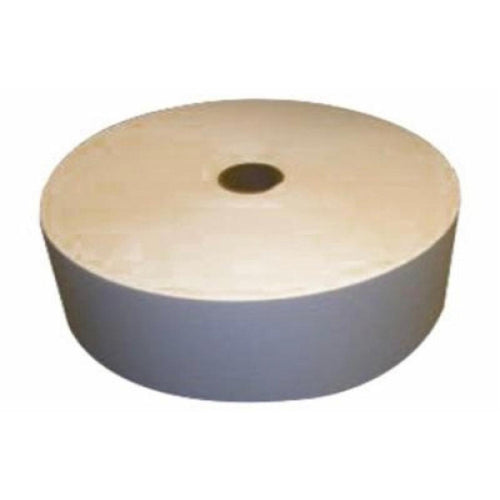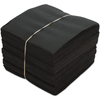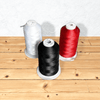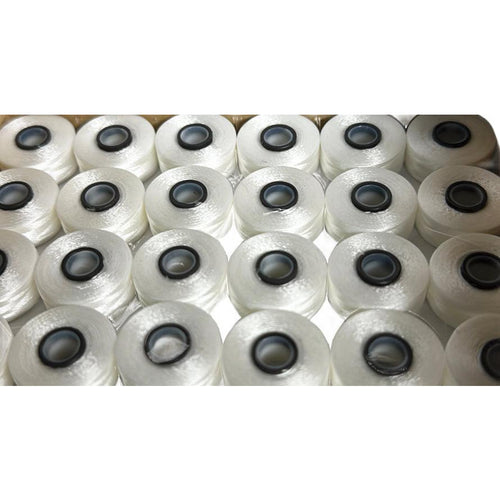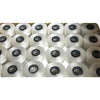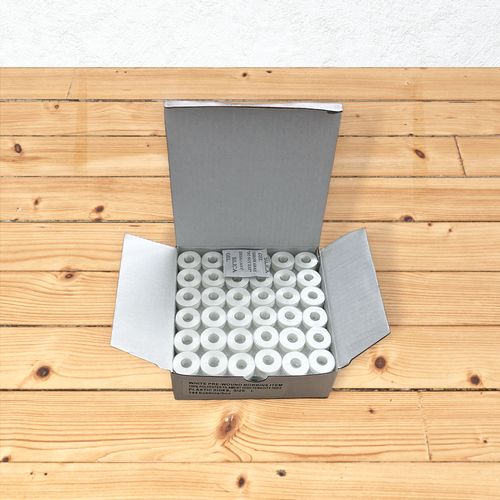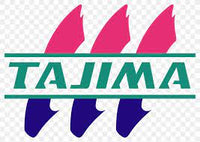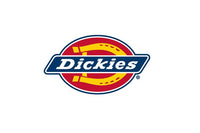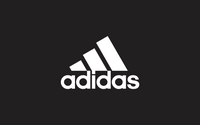There are several types of embroidery backing, including:
- Cutaway backing
- Tearaway backing
- Washaway backing
- Heat-away backing
- Soluble backing
- Stabilizer sheets or rolls
- Non-woven backing
The type of backing used depends on the type of fabric and the type of embroidery being done.
The correct embroidery stabilizer to use on a particular material depends on several factors, including:
-
The weight and type of fabric: Lighter fabrics typically require a lighter stabilizer, while heavier fabrics may require a heavier stabilizer to provide adequate support during the embroidery process.
-
The stitch density: A densely stitched design may require a heavier stabilizer to prevent the fabric from distorting or stretching.
-
The type of embroidery: Different types of embroidery, such as cutwork or applique, may require different types of stabilizers to provide the necessary support.
-
The intended use of the embroidered item: For items that will be frequently washed, a water-soluble stabilizer may be the best option, while for items that will receive heavy wear and tear, a tear-away or cut-away stabilizer may be more appropriate.
Here are some general guidelines for choosing the correct stabilizer:
-
For lightweight, sheer, or stretchy fabrics: Use a tear-away, wash-away, or soluble stabilizer.
-
For medium-weight fabrics: Use a cut-away or tear-away stabilizer.
-
For heavy fabrics: Use a cut-away or tear-away stabilizer.
It's always a good idea to test the stabilizer on a small, inconspicuous area of the fabric before beginning the full embroidery project to ensure the best results.
